Magnetos
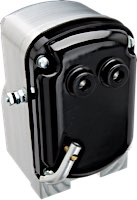
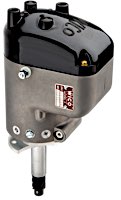
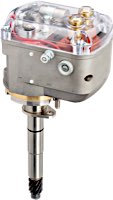
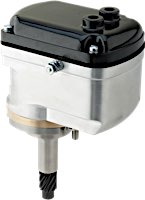
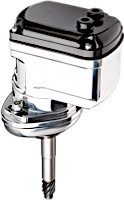
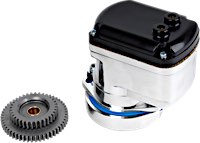
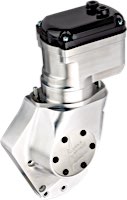
Related Topics
A magnet, a set of breaker contacts and a coil: ignition can be that simple
It was a Swabian inventor who brought the first functioning magneto high-voltage ignition system onto the market. An engineer at Robert Bosch's fledgling company combined a horseshoe magnet from a low-voltage igniter with an armature wound as a transformer, plus a breaker contact and spark plugs - et voilà: The part worked really well! The invention of this device, which produces its own current, reliably transforms it into high voltage and conducts the voltage to one or more spark plugs, actually gave internal combustion engines a real boost within a few years, starting in 1903. This was because the rechargeable batteries or batteries that were otherwise used for ignition at the time were not always reliable, quickly discharged, and were thus a constant source of discontent for the early motorcylist.
Because of their compact design, Bosch magneto ignition systems quickly became popular on the other side of the pond. With the 1909 model year, Harley-Davidson also offered magneto ignition, as an option for single-cylinder engines and as the sole ignition for V-engines until 1914.
Magnetos were significantly improved again in the 1930s. In the Bosch design, the coil rotates in a stationary magnet. The electrical connections must therefore run partly through sliding contacts, which are of course wearing parts. If instead the coil is placed firmly in the housing and the magnet is allowed to rotate ... Edison, Fairbanks, Wico, Morris, all magnetos used in V motors since the 1940s have this crucial improvement!
How does the magneto work?
The magneto is connected to the camshaft via the shaft and a gear wheel. On the shaft sits a magnet and a cam. When the shaft rotates, the magnet induces a current in the coil. At a certain position of the shaft, the breaker is opened by the cam, the current is interrupted and the high voltage is generated at the spring contacts of the coil. The high voltage goes through the ignition wires and to the spark plugs.
By the way, the magneto on the shaft generates alternating current. That is why a magneto must never be connected to the battery in the motorcycle. When DC current flows through the magneto coil, the magnet on the shaft is demagnetized. A magneto only makes the current for the ignition. The current for lights and horn must be generated conventionally by a generator or come from a battery.
Do I need to tune a magneto?
Morris magnetos are adjusted at the factory for proper contact spacing. Important: The mechanic who checks the contact distance does this with a feeler gauge, which must be absolutely free of grease and oil, so that the magneto still works after the check. If oil gets on the contacts, you have cause for a more thorough cleaning.
When installing the magneto, the ignition timing is adjusted. The easiest method is still the old fashioned way with a thin piece of foil or cigarette paper. Both also please without grease or other residues. There are instructions online for each of our magnetos.

Have any questions?
Our service team will be glad to help out: Mondays - Thursdays 08:00-17:00 CET, Fridays 08:00-16:00 CET, Phone: +49 / 931 250 61 16, eMail: service@wwag.com
